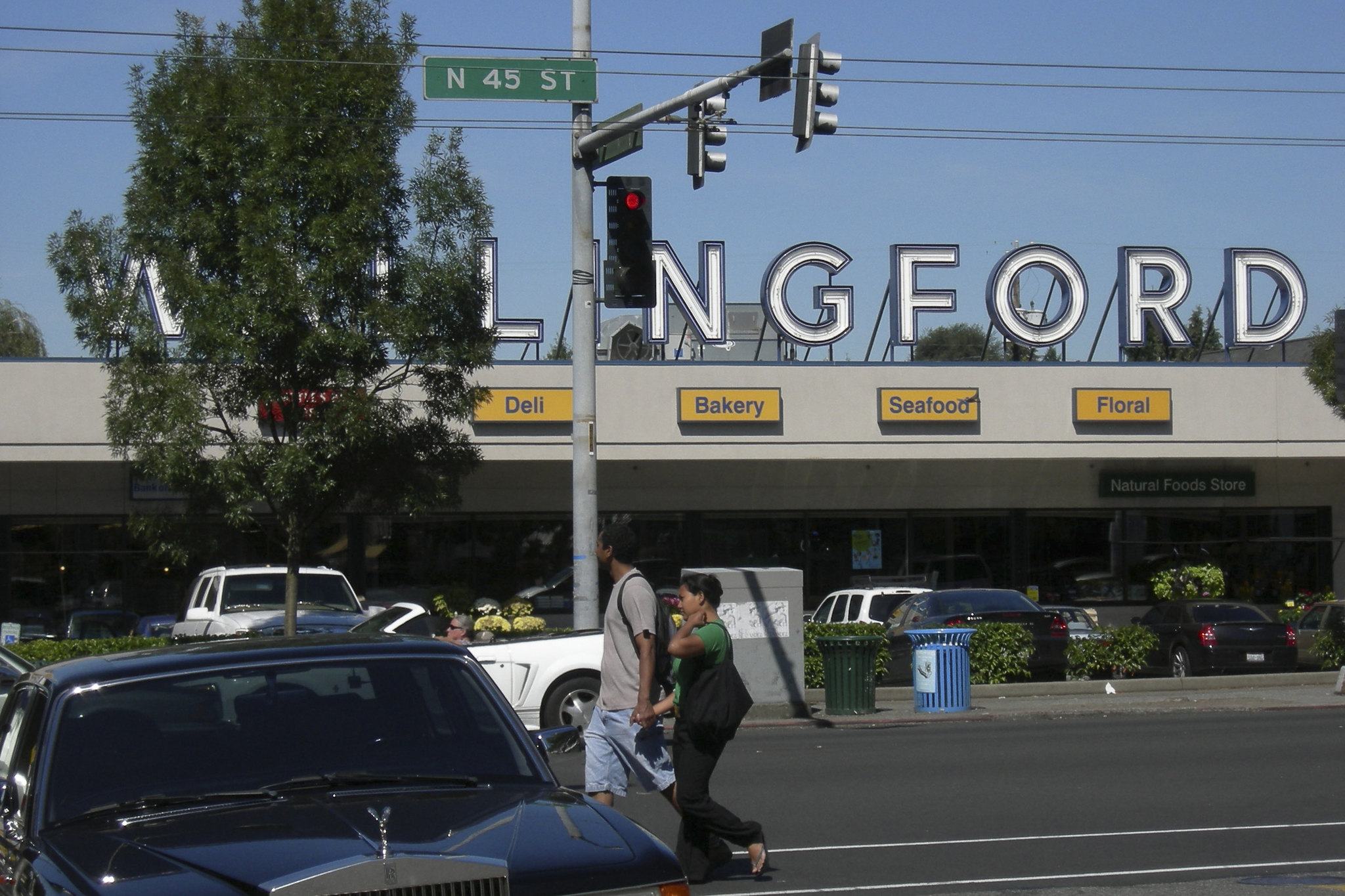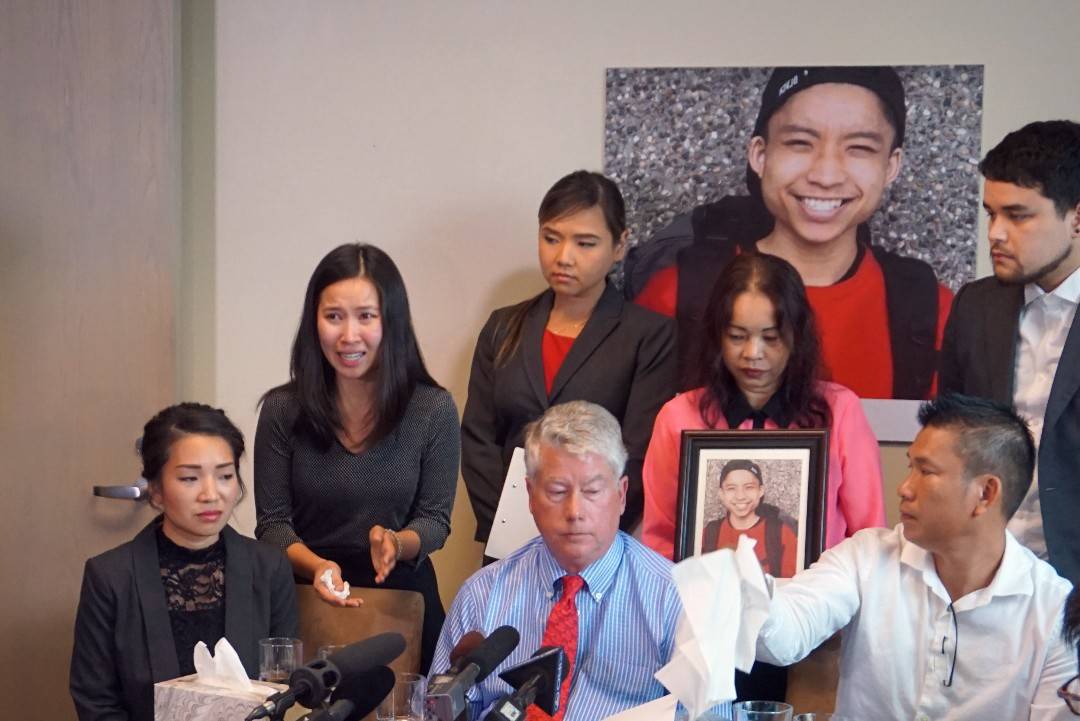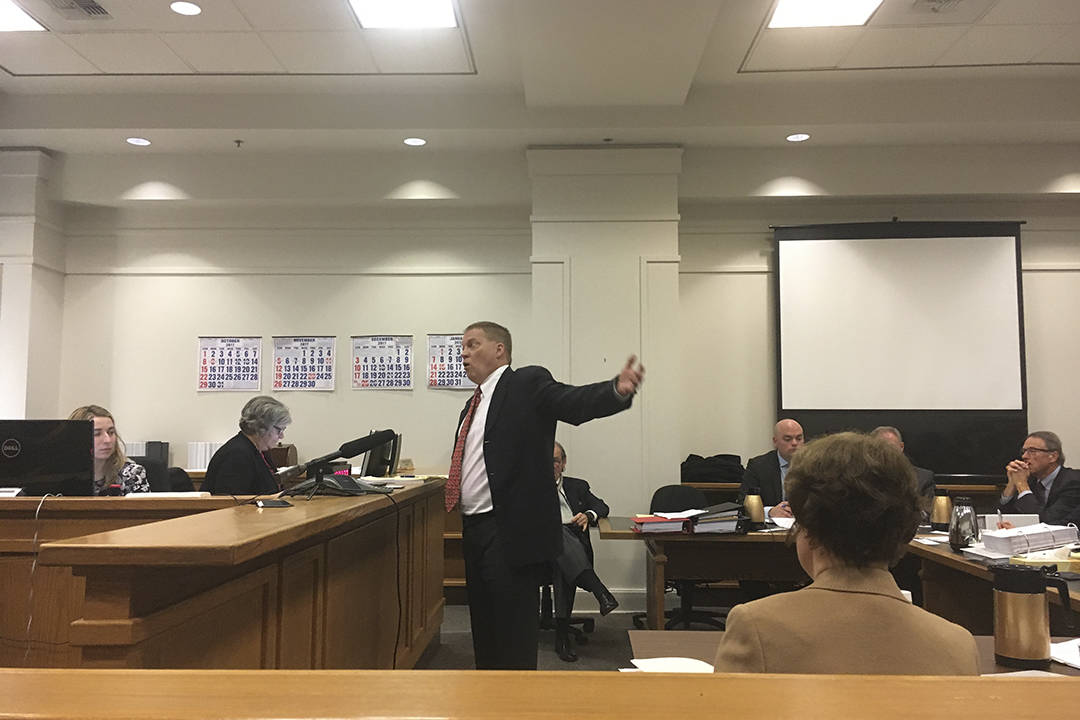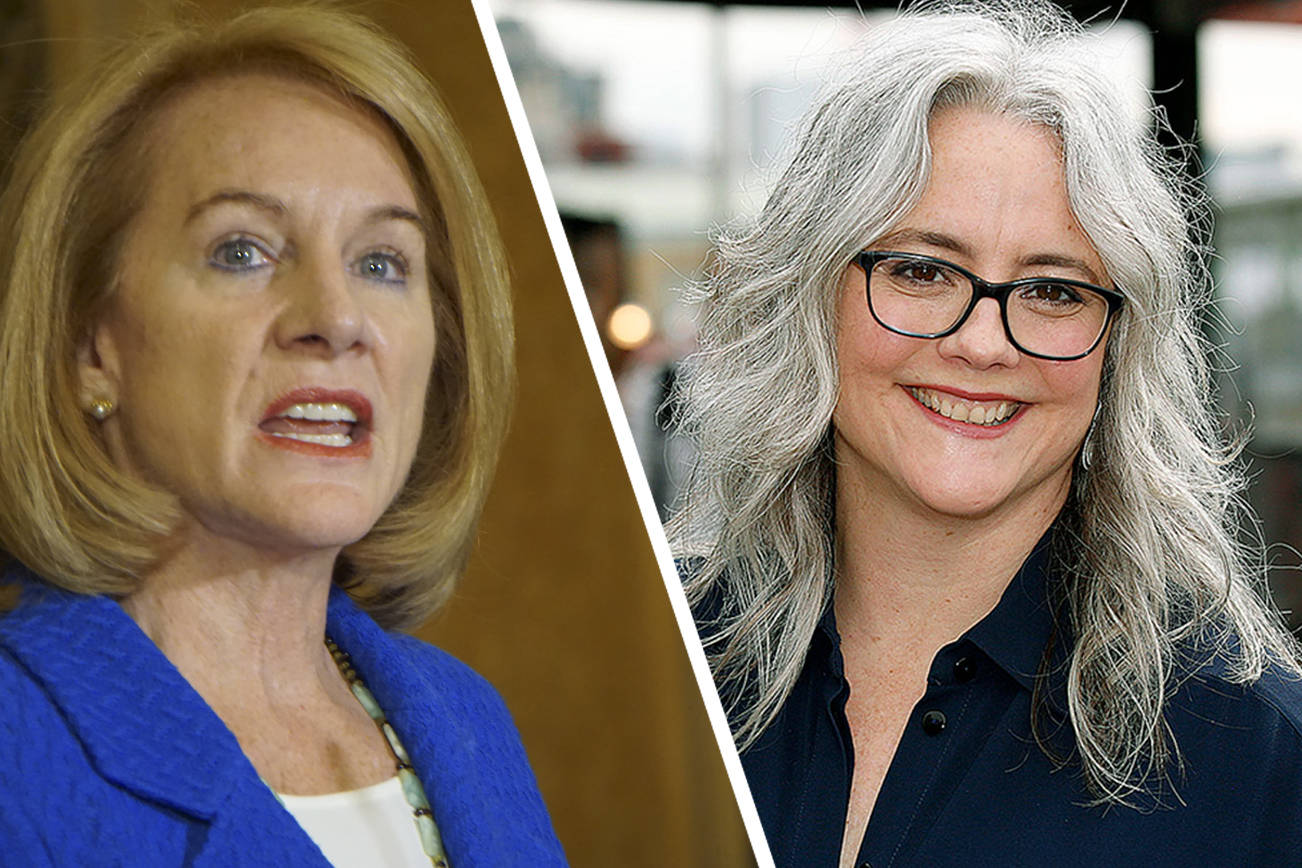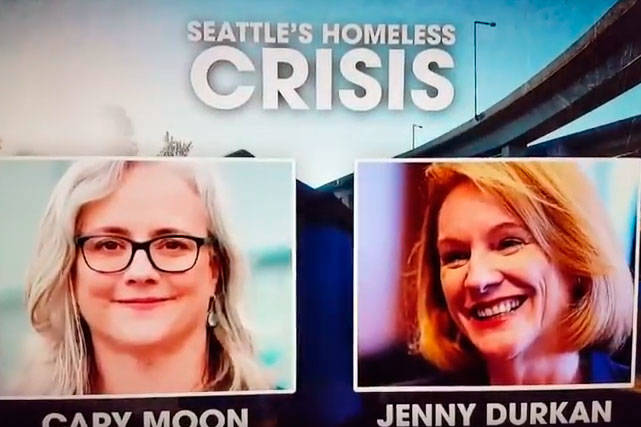Earlier this year, I called Eric Fisk, a member of the Wallingford Community Council, to talk about the demise of the neighborhood blog Wallyhood. We did, but we also talked about his perception—shared by many in his leafy Craftsman paradise—that City Hall was completely out of touch with the neighborhoods.
“The mayor has yet to visit Wallingford since he was elected,” Fisk complained to me in January. “He’s like the George W.Bush of mayors.”
Last week it became clear that the distrust between the mayor and formal neighborhood representatives may very well be mutual when Ed Murray’s office announced Wednesday it was severing ties with the 13 community councils that for decades have acted as a conduit to City Hall for places like Wallingford, Greenwood, and Rainier Beach. Murray instead plans to create a new “community involvement commission.” The mayor’s office said a final plan for the framework would be put before the City Council on September 26.
“The contempt this mayor has been showing for neighborhoods is really breathtaking, and I very much hope it means he becomes a one-term mayor,” Fisk wrote me on Thursday when I asked him about the news. “Eliminating district councils is just another step towards preventing people without a politician in their pocket from having any say at all in what our government does.”
But while Murray’s move played into the narrative of City Hall being disrespectful to neighborhood activists, it also shed light on another, less complimentary perception of community councils: that they are enclaves of wealthy, white homeowners who can be outright hostile to renters, especially low-income renters—NIMBY strongholds that are an impediment to civic involvement, not a shortcut.
“Our city has changed dramatically since our district-councils system was created three decades ago, and we have seen them over time become less and less representative not only of their neighborhoods but of Seattle itself,” Murray said in announcing his decision. “For immigrants and refugees, low-income residents, communities of color, renters, single parents, youth, people experiencing homelessness, LGBTQ, and more, the system today has become a barrier for many to become involved in the city’s decision-making process.”
This dynamic, too, has been present in Wallingford. In May, Doug Trumm, an outspoken proponent of denser development in Seattle and a senior editor of the Urbanist blog, wrote a short piece on the website titled “How I Was Sidelined From the Wallingford Community Council.” In it, Trumm recounts that he was running unopposed for one of the seven seats on the council—until the night of the election, that is. Later he would find out that some Wallingford residents drafted a last-minute opponent by raising alarm on Facebook that Trumm was “a very active blogger for the Urbanist.” He was the only candidate to face opposition, and during a question-and-answer session before the vote, he was asked by one community member why he moved “to a city that’s so expensive and then ask the taxpayers to help you?”—a reference to the perception that urbanist housing policies were designed to subsidize low-income renters (Fisk says the question asked was“inappropriate” and said it shouldn’t be used to reflect the stances of the council.)
While the question was based on a false premise—Trumm says he pays market-rate rent for his apartment—he says it goes to show how hostile the councils can be to people who are not established homeowners. “I’d been to a meeting before that,and it ended up being a review on what they’d spent their time on last year. It turned out they had spent most of the time talking about parking, about people moving in and taking their spots—they say ‘their’ spots, even though they’re on public streets,” Trumm told me. “Parking is definitely an issue, don’t get me wrong, but that became a scapegoat to say these[high-density] projects are bad for the neighborhood.”
Trumm emphasized that he sees a lot of good work done by the Wallingford council. But he said his experience illustrates the dynamics of councils that ostensibly speak for an entire neighborhood. “They do tend to be homeowners, so obviously they are of a class who can afford a $500,000 home—or if they bought recently in Wallingford, closer to $1 million,” he says.
Studies back up the perception that Seattle’s community councils do not reflect the diversity of the city at large. As Murray’s office highlighted in announcing his decision, a 2013 study found district council meetings tend to draw people who are over 40, white, and own their own homes. “At least six district councils had no reported people of color attending,and only three District Councils reported any African-American attendees,” said the press release.
A report released by the Department of Neighborhoods on Friday reiterated these points, and went further to suggest that the city puts too much emphasis on geographic neighborhoods at the expense of ethnic and issue-based communities.
Fisk says in his e-mail that Murray “is correct that district councils do not draw a large and diverse audience.” But he contended that that was a natural outgrowth of what the councils do. “District councils are about depth, not breadth of input from the community,” he wrote. “You have to be committed and have time in a way that most people don’t to spend a year obsessing over the design and placement of a crosswalk. District councils are about giving these people and leaders of neighborhood organizations a real say in what happens to their neighborhoods … It is the one real place of power left to neighborhoods in Seattle.”
While Murray didn’t use the acronym in his release announcing the decision, central to much of the angst is the Housing Affordability and Livability Agenda, or HALA. A so-called “grand bargain” that aims to tackle Seattle’s skyrocketing housing costs through means other than rent control, the plan’s emphasis on higher-density development in neighborhoods has been met with strong skepticism by people like Fisk. From that vantage, Murray’s announcement has been seen clearly as away to silence critics of the policies.
“The timing is convenient, ” wrote one Eastlake activist on Facebook criticizing the news, “ … when [the city] is about to release its proposals for blowing the lid off of development standards” as part of the affordability agenda.
Fisk echoed this sentiment, stating flatly: “This is being done because neighborhood groups are opposing him on HALA.”
Murray’s communications director Jeff Reading said Thursday that HALA did not prompt the mayor’s decision, but did say the two issues are connected. “HALA is about neighborhoods, and the community-involvement commission that he is setting up will also be about neighborhoods. The whole point of this is broadening the number of voices” involved in these discussions, Reading said.
However, from a political standpoint, the mayor’s move doesn’t seem to hold much promise of easing tensions with those already opposed to his growth policies. “Honestly, I feel that, I understand that,” said Trimm when asked about the potential for poking a hornet’s nest with the decision to dissolve the councils. “I don’t know. It seems like they’re able to turn anything into an affront.”
